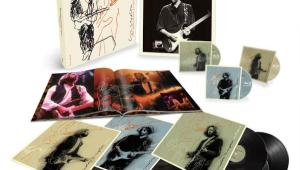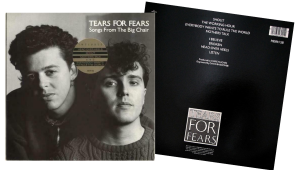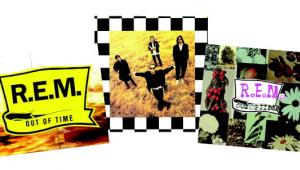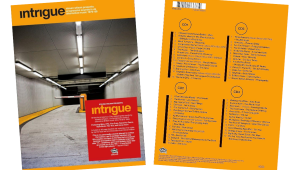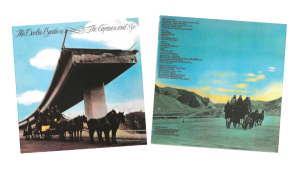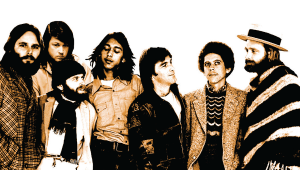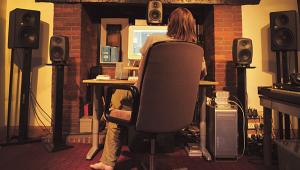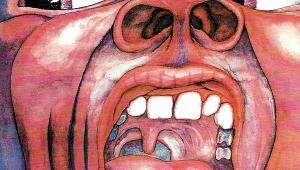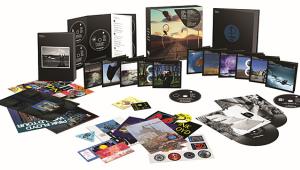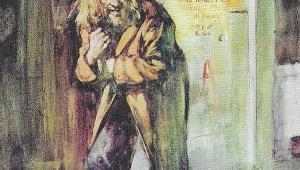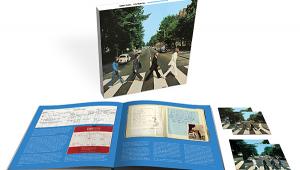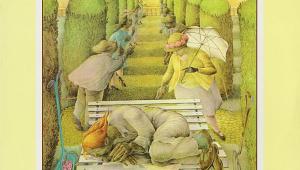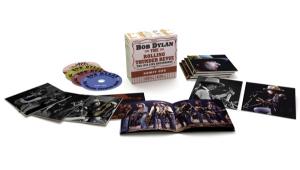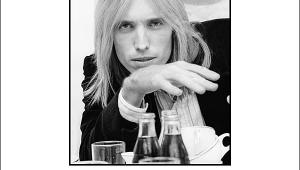The Earl of Duke

Duke Ellington knew how to swing. Ellington (1899–1974) was one of the most prolific and influential songwriters of the 20th Century, a purveyor of what he liked to call American Music (he eschewed being labeled as “just” a jazz artist). You know him, even if you don’t think you know him: “Take the ‘A’ Train,” “Mood Indigo,” and “It Don’t Mean a Thing (If It Ain’t Got That Swing)” are but slivers of his deep (and deep-felt) compositional and performing catalog.
One particular set of highly attuned ears that were influenced by Ellington’s magic happen to belong to Joe Jackson. Yes, that Joe Jackson, he of the skinny-tie New Wave scene of the late ’70s who began reinventing himself at the dawn of the ’80s and never looked back. “I was always ready to move on,” Jackson, 58, said matter-of-factly over lunch in midtown Manhattan this past spring. (Well, to clarify, I had lunch; Jackson was content with “just water.”) “It never occurred to me that listeners may not have been ready to hear it. I thought the whole idea of being an artist was to do something different than everyone else.”
Jackson reinforces that tenet quite nicely on The Duke (Razor & Tie), a 10-track homage to some of Ellington’s greatest works, all presented with what I call “The Patented Jackson Twist.” Here, we talk about some of those twists, as well as his philosophy about arranging and sequencing. On the tablet edition of this issue, and here on the S+V site, you’ll find our video interview, wherein we discuss the finer points of analog recording and, of course, vinyl. And now, it’s swing time!
S+V: One of your key choices for the Duke record was to not have horns on it. Horns, of course, are hallmarks of many Ellington arrangements. How come you decided against them?
Jackson: That was very deliberate. I only had two rules that I set for myself. One was no horns. The other was no straight-ahead swing. I thought it would be possible and very interesting to reinvent Ellington without either of those things.
S+V: Otherwise, you’d be playing the material exactly the same as he did.
Jackson: Yes. I mean, I wanted it to be [pauses]… different. And those were two ways of making it different. Sometimes I think you have to have certain rules about things — not to restrict you but, on the contrary, to free you to go in other directions. A lot of the jazz people who have done Ellington tribute records mostly have the same kinds of sounds and same kind of rhythms as the originals.
S+V: Some artists get caught up in having too much reverence toward the stature of the original material.
Jackson: That may be. That’s quite possible. Or maybe it’s the fact that they’re working in the same sort of tradition. Do you know Kenny Burrell? He did two tribute records, Ellington Is Forever 1 and 2. The first one’s better than the second, I think. They’re very good records, but they’re slightly scaled-down big band, so even though the arrangements are new, they don’t sound that much different. I mean, they sound like watered-down Ellington in a way, no matter how good they are. That was what I wanted to avoid.
S+V: Elliot Scheiner engineered and mixed The Duke — what a great set of ears to work with on a project like this. How did he come to be involved?
Jackson: Elliot is someone I never would have thought about working with. He actually approached me. He was so excited about the project. But I was quite skeptical. I said to him on the phone, “You’re really known and respected as a producer in your own right. I don’t need that. I’m the producer; I just need a good engineer.” He said, “Look, I’m here to help you with whatever you want.” That’s a generous strategy from someone of his stature. I found him to be so laid-back that it was hard for me to imagine him being a producer and in charge of other people’s projects. But he’s obviously done that.
What Elliot did on this record — I love it. All he did was make everything sound good. [chuckles] The way he mixes is to make it all sound good and put the elements in a balance where you can hear everything. You’d think that would be all anyone would do when they mix a record, but it’s not that simple.
- Log in or register to post comments

